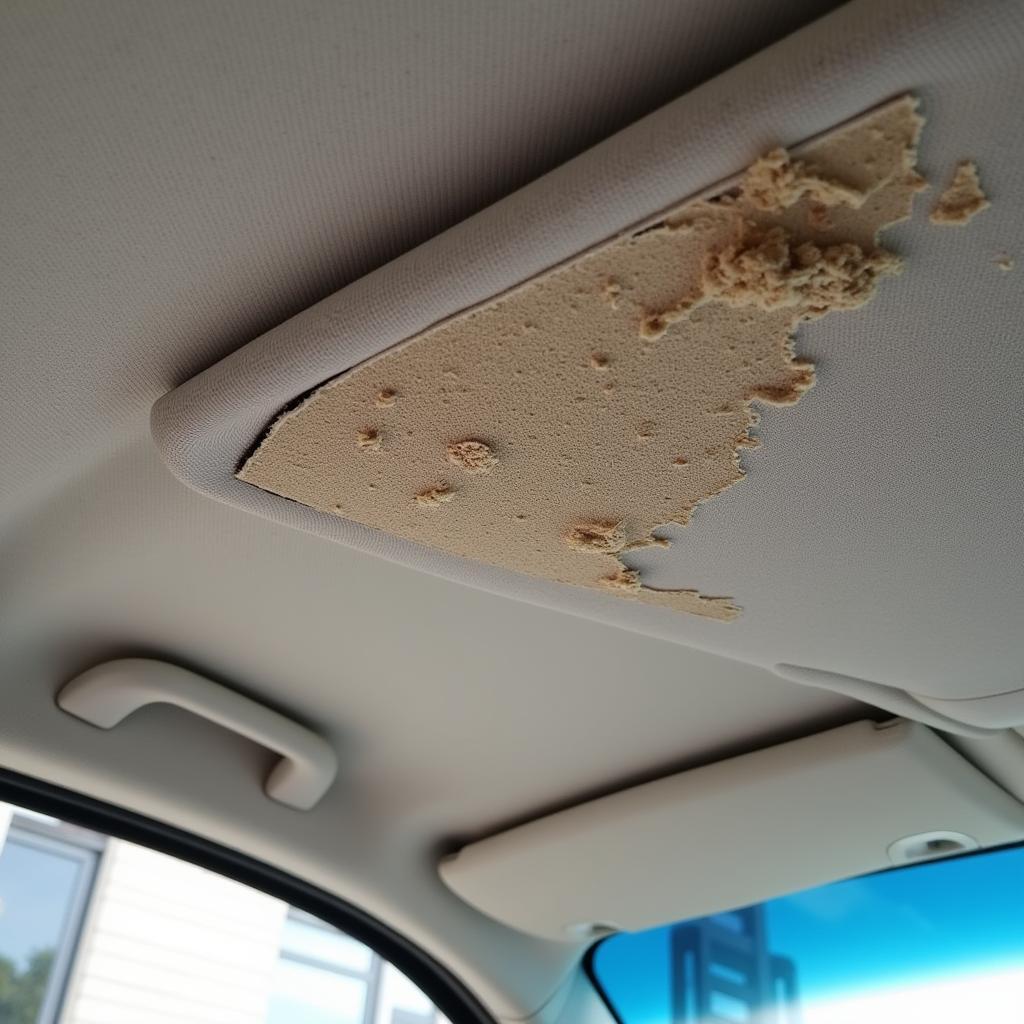Getting dents in your car is an unfortunate reality of driving. Whether it’s a minor door ding from a parking lot mishap or a more serious dent from a hailstorm, these imperfections can be unsightly and even affect your car’s value. Luckily, there are a variety of ways to fix all dents in your car, ranging from DIY methods to professional repairs.
Understanding the Extent of the Damage
Before diving into dent repair options, it’s crucial to assess the severity of the damage.
- Minor Dents: These are shallow and often found on the car’s body panels. They haven’t damaged the paintwork and are the easiest to fix.
- Medium Dents: Deeper than minor dents, they may have slightly chipped the paint. While these can still be repaired without repainting, they require more effort.
- Severe Dents: These are significant dents that involve extensive damage to both the metal and the paint. They often require professional repair and potentially repainting.
DIY Dent Repair Methods
For minor dents, you might consider trying a DIY approach:
- Using a Plunger: This common household item can work surprisingly well on shallow dents. Simply apply petroleum jelly around the rim of the plunger, place it over the dent, and push and pull until the dent pops out.
- Hair Dryer and Compressed Air: This method uses heat and cold to manipulate the metal. Heat the dent with a hairdryer and then immediately spray it with compressed air. The rapid temperature change can cause the dent to pop back out. However, use caution, as this method doesn’t work on all dents and could potentially damage the paint.
- Hot Glue and Popstick Method: This involves gluing wooden Popsicle sticks to the dent and gently pulling them to ease the dent out.
Important Note: While DIY methods can be tempting for their cost-effectiveness, they are not always successful and may even cause further damage if not performed correctly.
using a plunger to fix car dents
Professional Dent Repair Options
For medium to severe dents, or if you’re not comfortable with DIY methods, it’s best to seek professional help. Here are some common professional dent repair techniques:
- Paintless Dent Repair (PDR): This is a highly specialized technique where technicians use specialized tools to massage the dent out from behind the panel. PDR is ideal for dents that haven’t damaged the paint and is often faster and less expensive than traditional bodywork.
- Body Filler and Repainting: For deeper dents that have cracked or chipped the paint, body filler might be necessary. This involves applying a putty-like substance to fill in the dent, sanding it down, and then repainting the area.
- Panel Replacement: In severe cases where the dent has caused structural damage, a panel replacement might be the only option. This involves cutting out the damaged panel and welding in a new one. It’s the most expensive option but ensures the car’s structural integrity.
“When it comes to dent repair, it’s crucial to choose a method that aligns with the severity of the damage and your budget,” advises John Miller, an experienced automotive technician at Autotippro. “While DIY solutions can work for minor dents, seeking professional help is always recommended for deeper or more complex dents to ensure a quality and long-lasting repair.”
Factors Affecting Dent Repair Cost
The cost to fix all dents in your car can vary widely depending on several factors:
- Severity of the Dent: As mentioned earlier, the deeper the dent, the more complex and expensive the repair.
- Location of the Dent: Dents in hard-to-reach areas or on curved panels can be more challenging and costly to repair.
- Repair Method Used: PDR is typically the most affordable option, followed by body filler and repainting, and finally, panel replacement.
- Your Location and the Repair Shop: Labor rates and material costs can vary based on your geographical location and the specific repair shop you choose.
[how much to fix scrape on car](https://autotippro.com/how much to fix scrape on car/)
Preventing Dents in Your Car
While it’s not always possible to prevent every dent, taking some precautions can significantly reduce the risk:
- Be Mindful of Where You Park: Whenever possible, park your car in a garage or covered parking. If you must park on the street, choose well-lit areas and avoid parking too close to other vehicles.
- Install Door Edge Guards: These inexpensive rubber or plastic strips can be applied to the edges of your car doors to protect them from minor dings and dents in parking lots.
- Consider Paint Protection Film: This transparent film acts as a barrier against scratches, chips, and minor dents.
Conclusion
Dents are an unwelcome sight on any car, but fortunately, various solutions exist to address this common problem. By understanding the extent of the damage, exploring both DIY and professional repair options, and taking preventive measures, you can keep your car looking its best. If you’re unsure about the best course of action for your specific situation, don’t hesitate to reach out to the experts at AutoTipPro at +1 (641) 206-8880 or visit our office at 500 N St Mary’s St, San Antonio, TX 78205, United States. We can assess the damage and recommend the most effective and cost-efficient solution to fix all dents in your car.






Leave a Reply